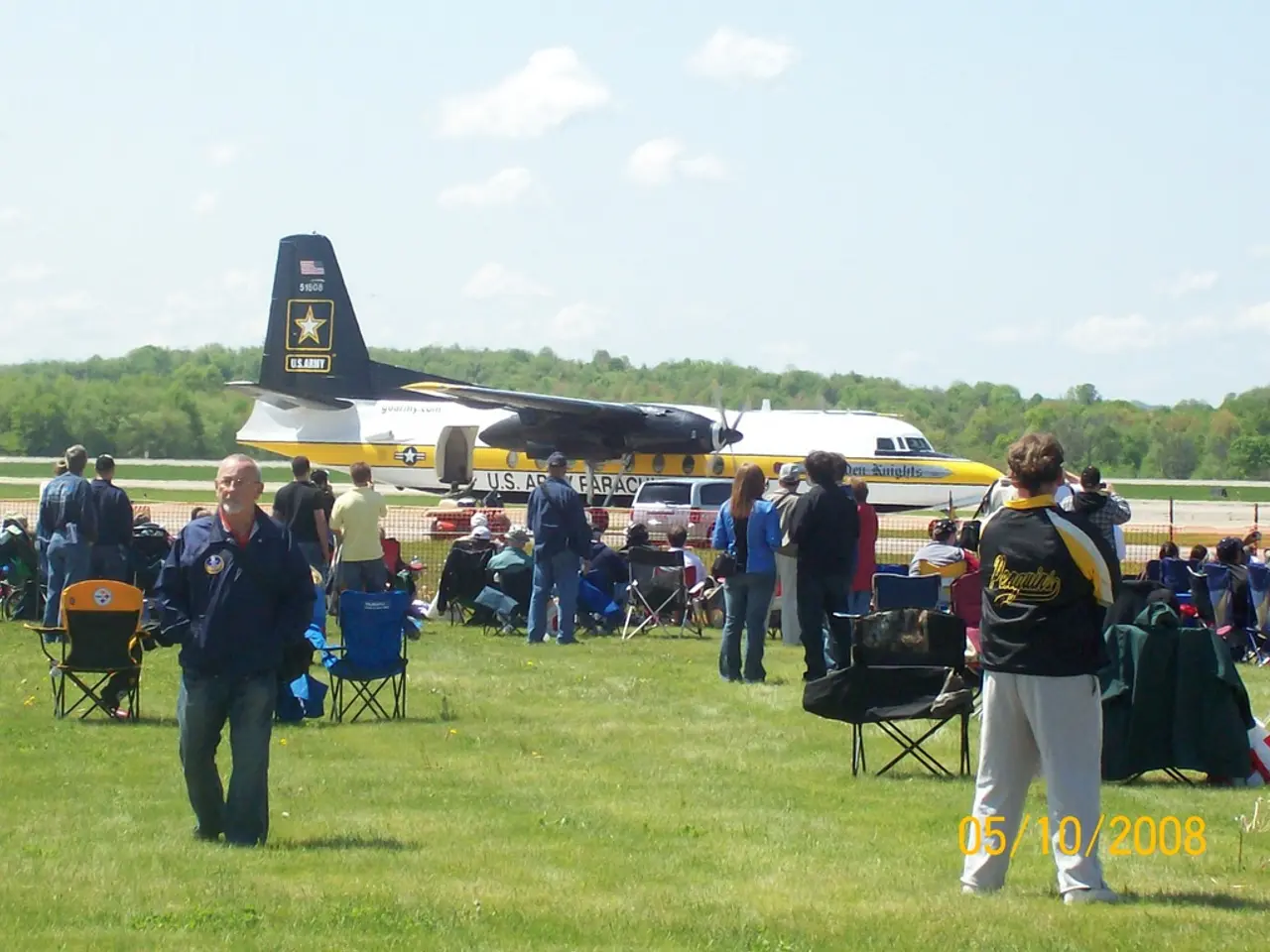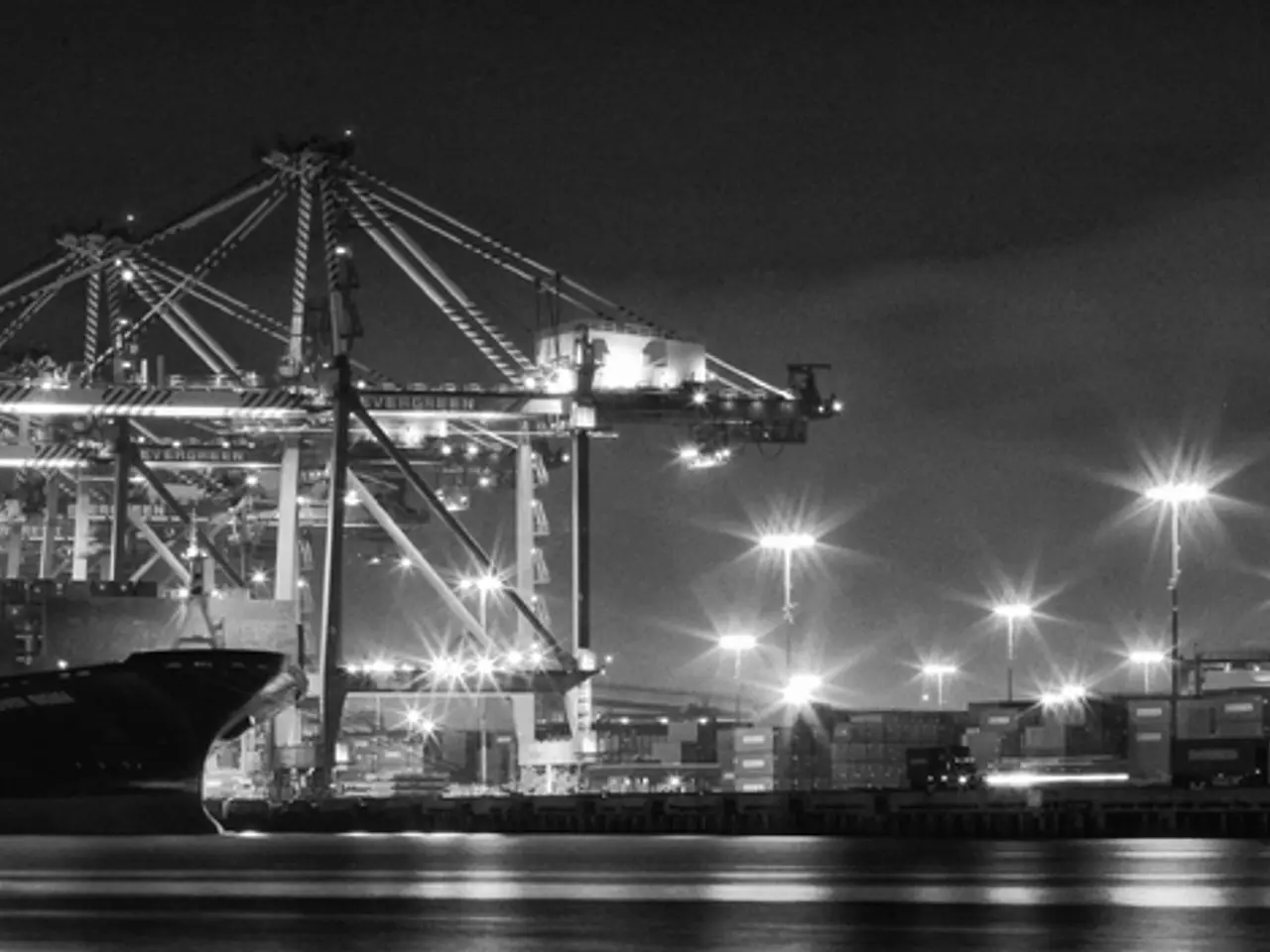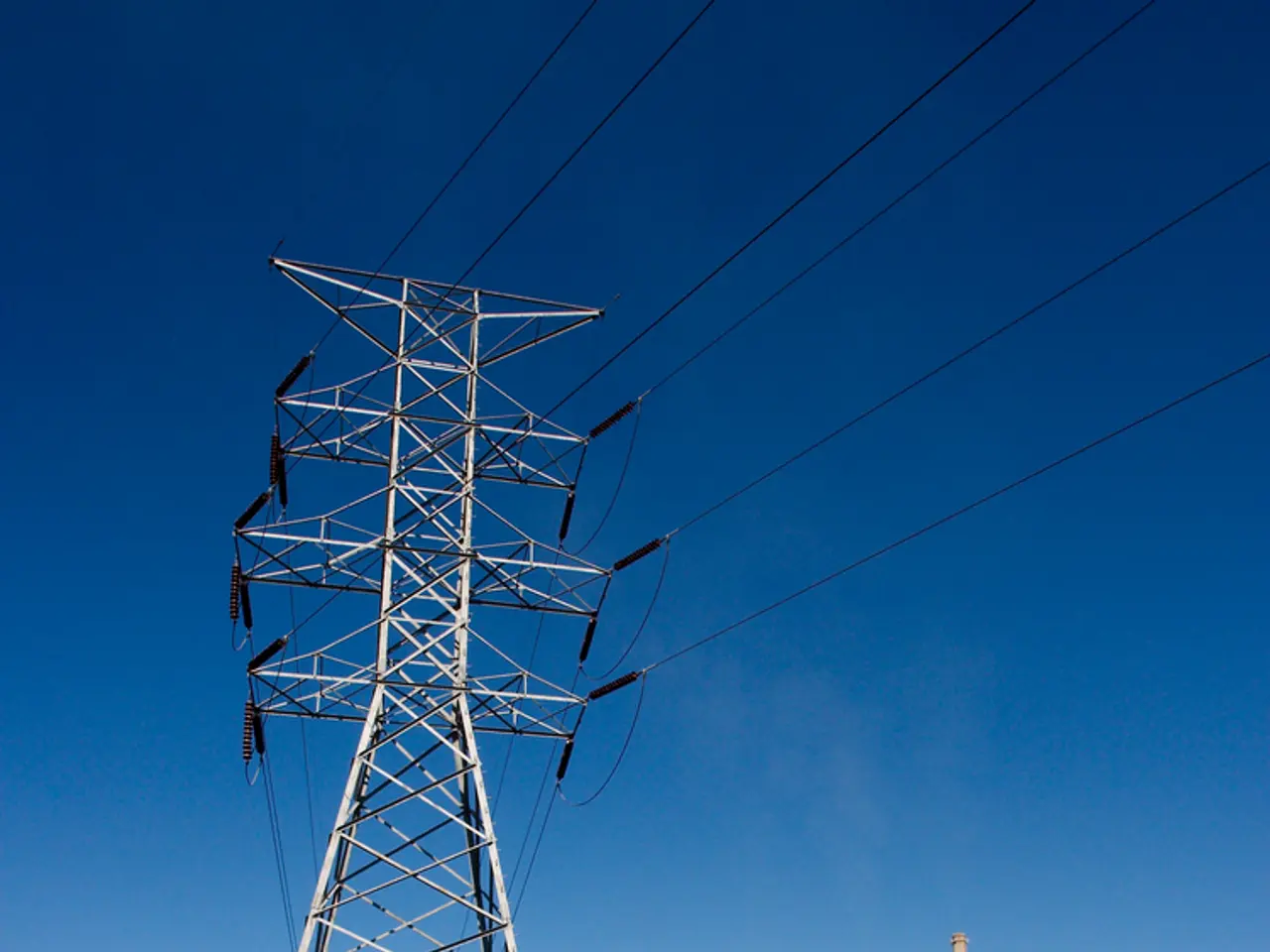Aircraft Travelers Debating on Financing Eco-friendly Jet Fuel to Reduce Carbon Footprints?
Fly Greener, Pay a Little More: The Rise of Sustainable Aviation Fuels
Ever wondered if your airline trip could contribute to saving the planet? Airlines like SAS and Lufthansa are giving passengers the chance to do just that by offering them the option to offset their emissions through voluntary contributions to the cost of sustainable aviation fuel (SAF). This eco-friendly alternative is more expensive, but it's crucial for reducing the aviation industry's carbon footprint.
Passengers flying SAS or Lufthansa can opt for SAF, paying around USD$10 for every 20 minutes of flight block for SAS, or calculating their emissions and paying a portion for Lufthansa to use cleaner fuel on their flights. However, these voluntary contributions might soon become mandatory, as the European Commission contemplates implementing quotas on SAF usage to combat the sector's climate impact.
Norway has already set a requirement of 0.5% for SAF usage, which will increase to 30% by 2030. SAS aims to achieve 10% by 2025 and 17% by 2030. While the International Air Transport Association (IATA) reports that the airline industry has halved its fuel waste per passenger-kilometer since 1990, SAF remains pricey. Industry leaders, such as Lars Andersen Resare, head of sustainability at SAS, advocate for incorporating the higher costs of SAF into flight prices.
Aviation currently generates 2-3% of the world's emissions, and experts predict this figure could reach as high as 25% without intervention. The Climate Action Tracker, an independent emissions assessment group, estimates that international aviation emissions will grow by 220-290% between 2015 and 2050, even factoring in COVID-19-induced declines this year.
Transparent about the sector's challenges, Chris Stark, chief executive of the UK's Committee on Climate Change, acknowledges that "aviation is not an easy sector to decarbonise because the fuels are energy-dense and long distance travel is required."
However, sustainable aviation fuels might just be the silver bullet the aviation industry needs to tackle its carbon problem, according to Stark. Made from household, municipal, or industrial waste, these fuels emit roughly the same amount of carbon as conventional kerosene when burned, yet the production process helps offset CO2 emissions by nearly 80% on a life-cycle basis, making them a greener alternative.
Initiatives to scale up SAF production and close the price gap with conventional fuels are underway. LanzaJet, a partnership between Suncor and Mitsui, plans to construct three plants producing 200 million liters of SAF each from 2025, while Velocys, backed by British Airways and Shell, aims to build a UK plant and produce 50,000 tons of SAF yearly by 2025.
Meeting the aviation industry's SAF demand will require substantial investments, estimated at over $1 trillion in capital costs. Collaboration among various industries, governments, and regulatory bodies is crucial to make sustainable aviation a reality.
The EU's proposed plan to impose quotas on SAF usage and encourage production is a step in the right direction. Other support measures, such as loan guarantees for plant construction or subsidies, can further bridge the price gap between SAF and conventional fuel. In the UK, calls for the government to provide £500 million to expand SAF capacity are growing, as support for greener and more sustainable aviation continues to gain momentum.
- Sustainable aviation fuel (SAF) is a crucial step towards reducing the aviation industry's carbon footprint, as these eco-friendly alternatives help offset carbon emissions during production.
- Alongside voluntary contributions from passengers, mandates like Norway's 0.5% SAF usage requirement and industry targets (such as SAS's aim of 17% by 2030) are essential for the wider adoption of SAF.
- While the cost of SAF remains high, the airline industry has made notable progress in reducing fuel waste, and experts believe initiatives to scale up SAF production can close the price gap with conventional fuels over time.
- The aviation industry – responsible for 2-3% of the world's emissions today – faces a potentially considerable impact on climate, predicted to reach as much as 25% without intervention. Urgent action and collaboration across industries, governments, and regulatory bodies are necessary to meet the growing demand for SAF.
- The rise of sustainable aviation fuels presents a significant opportunity for climate action within the aviation industry, as these fuels can emit roughly the same amount of carbon as conventional kerosene when burned, yet the production process helps offset CO2 emissions nearly 80% on a life-cycle basis.
- Transparent about the sector's challenges, experts highlight that collaboration will be key to achieving net-zero emissions and mainstreaming sustainable aviation fuels within the industry, which requires substantial investments totaling over $1 trillion in capital costs.




